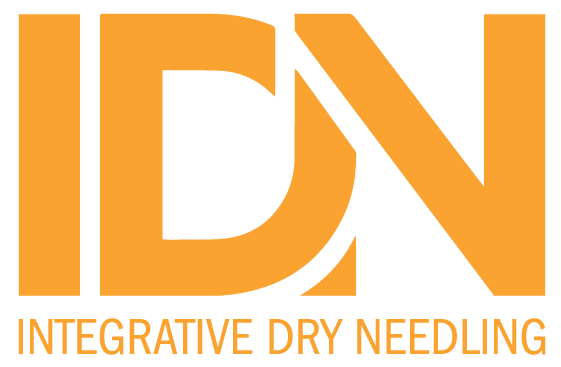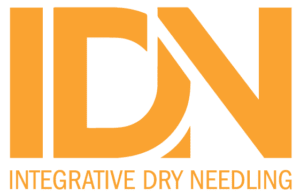J Coll Physicians Surg Pak. 2024 May;34(5):514-517. doi: 10.29271/jcpsp.2024.05.514.
ABSTRACT
OBJECTIVE: To assess the efficacy of microneedling in combination with topical tacrolimus ointment 0.1% versus topical tacrolimus ointment 0.1% for treatment of refractory stable vitiligo.
STUDY DESIGN: Comparative cross-sectional study. Place and Duration of the Study: Department of Dermatology, PNS Shifa, Karachi, Pakistan, from December 2022 to May 2023.
METHODOLOGY: The study included 30 clinically diagnosed individuals of either gender who had refractory symptoms and aged between 20 and 60 years. For every patient, two comparable lesions on two comparable limb regions were selected. Group A (right side) received treatment with both topical tacrolimus ointment 0.1% twice daily in addition to microneedling every two weeks, whereas, Group B (left side) was treated with topical tacrolimus ointment 0.1% only. Every lesion was investigated as a separate entity. Both groups were subsequently observed for a further six months.
RESULTS: When topical tacrolimus ointment 0.1% was combined with microneedling, the total re-pigmentation rate was substantially higher than the usage of tacrolimus ointment 0.1% alone. Fifty-three percent of lesions treated with topical tacrolimus ointment 0.1% alone and 76.7% of lesions treated with microneedling in conjunction with it showed a good-to-excellent response. No adverse negative effects were noted. During the follow-up period, no problems or recurrences were noted.
CONCLUSION: Tacrolimus ointment combined with microneedling is a successful treatment for refractory stable vitiligo.
KEY WORDS: Dermapen, Depigmentation, Microneedling, Tacrolimus ointment, Vitiligo.
PMID:38720208 | DOI:10.29271/jcpsp.2024.05.514



